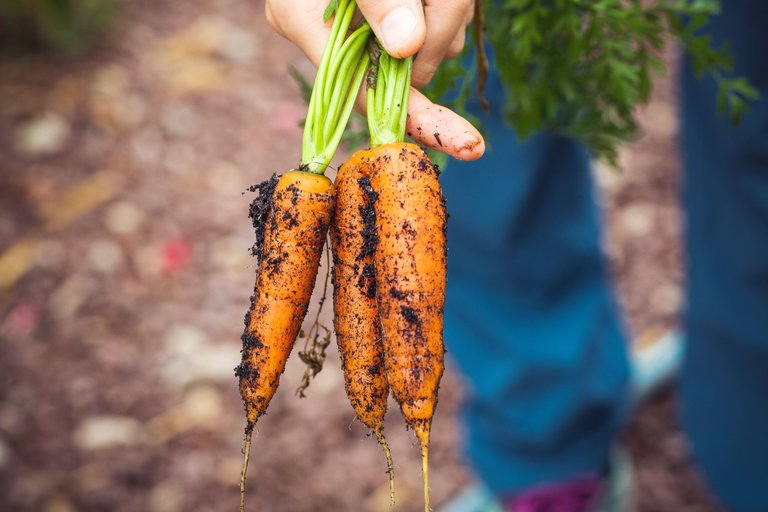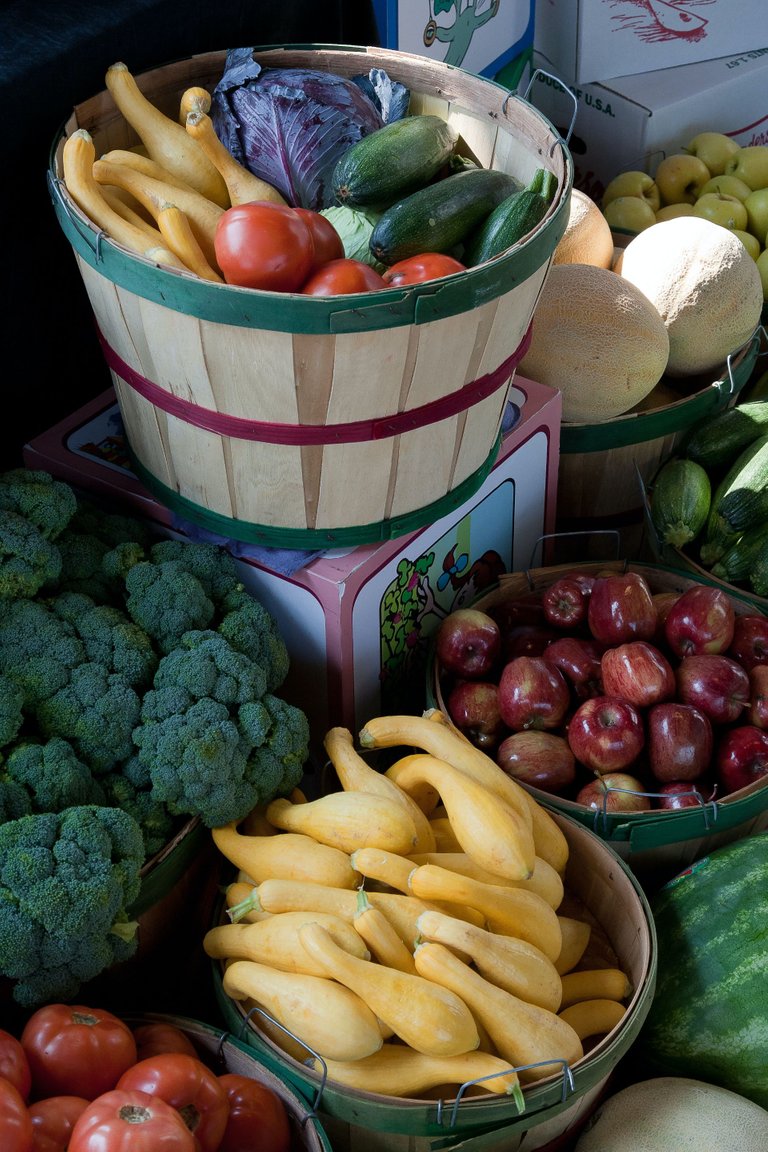
I got to know this community some time ago thanks to a video by @samstonehill about the "collection of terrestrial and cosmic energy with magnets, wires and antennas", thanks to that day I have gradually become interested in this type of alternatives for food production (although I had previously read and heard about this topic it was not until that moment that I became genuinely interested). So in advance I would like to thank Sam Stone for sharing this knowledge and motivating us with the energy he transmits.
In this thread of ideas I wish to learn as I search the net and share what I have read and seen, as I prepare to put it into practice on my balcony for now.
Electroculture is based on the application of electric current to crops to stimulate plant growth. This method brings electricity from the atmosphere to the plants by means of a system, using different sources such as terrestrial magnetism, telluric currents and atmospheric electricity. One of the things that is sought with the implementation of electromagnetic fields is to stimulate the consortium of micro-organisms that are indigenous to the soil or beneficial to the crop, in general a better soil structure.
Although there are scientists who support such methodologies, there are those who do not. The main reason for this is the lack of information on the subject.
According to the Environmental Protection Agency (EPA): "Climate change threatens agricultural productivity through changes in temperature and precipitation patterns, increased pest and disease pressure, declines in pollinator health, declines in crop and forage quantity and quality, and damage to infrastructure. In addition, agricultural productivity is threatened by consequences on water supply and increased frequency and intensity of extreme weather, which can lead to increased soil erosion and risks to soil condition" (p.17). This is why electroculture can be directly related to food security.
The magnetic field has a polarity (north or south). The north magnetic field has the property of reactivating the activity of DNA, which is the fundamental molecule that preserves the information of all living structures, therefore, it has the capacity to preserve the nucleus of the cell, regulate the rhythm of cell division, increase the production of mitochondria, cellular elements that favour cellular respiration and the obtaining of energy; the north energy field according to research done on plants favours the growth of plants in less time, as well as favouring a greater resistance to fungi, viruses and pathogenic bacteria. This has a potential use, which is yielding favourable results in agriculture. By favouring the resistance of plants against micro-organisms and pathogens and stimulating their growth, the use of fertilisers, pesticides, fungicides, etc. is minimised.
Magnetised water helps the soil to remain moist, reduces pollution levels, environmental and economic costs; magnetised seeds help crop harvesting efficiency.
The academy plays a fundamental role in the development of environmental alternatives that counteract traditional practices that degrade the environment, therefore giving relevance to experimentation and dissemination.
Searching the internet, I found a video (from eleven months ago) that especially caught my attention because of its protagonists... Being young people, they generate admiration in me. And besides this, knowing that behind them there are professionals interested in promoting critical thinking and curiosity in students to learn and improve, in this case the environment. Project Application of Magnetic Fields in the cultivation of Maize
Professor José Noé Sánchez, electronic engineer by profession.
Little by little I want to go deeper and deeper into this world, and share part of this process of learning and experimenting.
References
The Free Nature (2023). Electroculture (Electrocultivation) | What it is, benefits, how it works. Retrieved from
Universidad de Ciencias Aplicadas y Ambientales U.D.C.A. (2014) U.D.C.A.: Magnetization of creole potato. Retrieved from
Skiver, R. (2023) Electroculture Gardening: What It Is, How It Works, and Potential Benefits. Green Matters.
Environmental Protection Agency (2022). Climate Change Adaptation Implementation Plan. Climate Collaborative.
Images Pexels

#ELECTROCULTURE #ENERGY #COSMIC #HIVEGARDEN #DIY #POB #HIVE #PERMACULTURE


